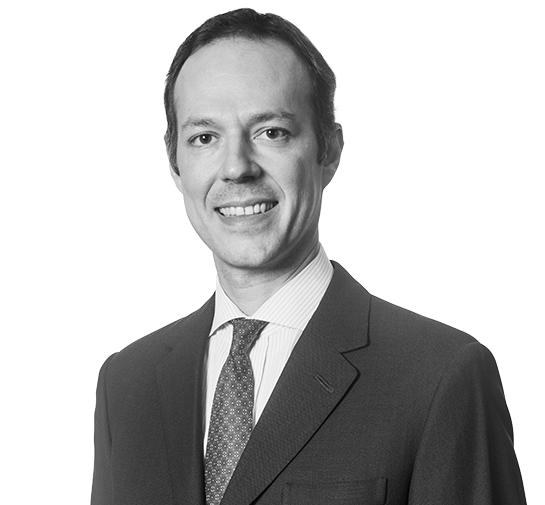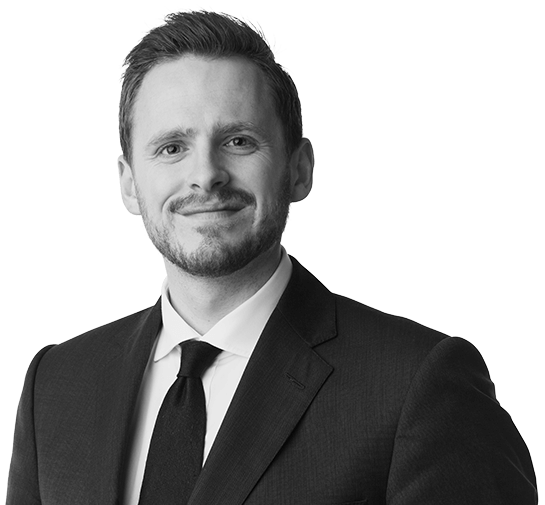Longer Investment
Periods Drive Creation
of Longer-Term Funds

Private equity fundraising remained resilient throughout 2020 despite the crisis, demonstrating that investors tend to look through shorter-term disruption at the longer-term outlook. Data from European private equity association Invest Europe showed that European private equity fundraising hit €49 billion in the first half of 2020, in line with 2019, which ended up as one of the strongest years on record{{1}}{{{European private equity activity registers resilient fundraising and investment in H1 2020 amid COVID-19 disruption </br>Source: Invest Europe}}}.
As the private equity industry has grown, its structure has steadily changed and investment periods have lengthened. The median holding period for portfolio companies was 4.9 years as of November{{2}}{{{Private Equity Portfolio Company Holding Periods – Updated</br>Source: Private Equity Info}}}, according to PEI. Longer ownership directly affects funds’ lifespans. Research by Pitchbook in 2018 showed that it takes 11-14 years for private equity funds to be effectively liquidated (in other words, for residual value to reach 0.05x of what was paid in by investors), while 53% of 2004 vintage funds were still active at that point{{3}}{{{For the longest time An analysis of long-dated private equity fund structures</br>Source: Pitchbook}}}.
Downturns have the tendency to pause exit activity and lengthen funds even further. As a result, we have seen an increase in investment structures geared towards longer private equity cycles, including evergreen and long-duration closed end funds, as well as secondaries vehicles for tail-end fund restructurings.
Evergreen and Long-Term Funds
Evergreen or permanent capital vehicles are an attractive option for sponsors. They represent an always-available supply of discretionary capital without the periodic uncertainty, disruption and effort of embarking on fundraising. Some international private equity firms, such as General Atlantic and Golden Gate Capital, have long-established evergreen funds. But, in general, such structures present challenges for sponsors over mechanisms to provide liquidity and return value to investors. We have seen sponsors settle on longer-term closed-end funds that have lifecycles of up to 20-years.
Large international sponsors including Blackstone, the Carlyle Group, CVC and KKR have all established long-term vehicles with lifespans of 15 years and over, to target deals that may take longer to release value{{4}}{{{Private-Equity Firms Create Funds That Are Built to Last</br>Source: The Wall Street Journal</br>For the longest time An analysis of long-dated private equity fund structures</br>Source: Pitchbook}}}. Longer-term funds are also gaining traction with venture capital firms as start-ups stay private for longer. For example, British online retailer The Hut Group went public in October after 16 years as a private company, at a valuation of £5.4 billion that made it the biggest UK IPO in three years. These vehicles also reflect the appeal of investments that may fall between the gaps of traditional private equity mandates. Sixth Street TAO is a $24 billion evergreen, cross-platform vehicle for investing a diversified range of investment strategies.
Long-term vehicles fit well with the liabilities of pension funds and insurers, as well as the demand for investments that give strong performance but also carry lower volatility. Hurdle rates are typically lower at 5-6%, and net return targets can also be lower than traditional buyout funds. Furthermore, investors may benefit from reduced carried interest and management fees. On the downside, liquidity events are less frequent while long-term vehicles also raise the likelihood of staff turnover and key man risk.

Secondaries Funds on the Increase
Longer private equity cycles are also contributing to the rise in private equity secondaries, as investors and sponsors look for ways to release value from funds that have reached the ends of their lives. Secondaries fundraising hit $44 billion in the first half of 2020, well ahead of the full-year 2019 total{{5}}{{{Secondary Market Emerges as a Bright Spot for Private Equity in H1 2020</br>Source: Preqin}}}. Among them, Ardian gathered $19 billion for its eighth fund, the largest secondaries-focused fund.
Secondaries funds have typically sought to acquire assets from investors wanting liquidity from fund holdings, but also work with sponsors to recapitalise tail-end funds and provide existing investors with an opportunity to roll over or exit. In May 2020, Coller Capital led one of the largest such restructurings with a $829 million deal for the four remaining assets in Permira’s €10 billion 2006 fund, including enterprise software group Genesys, which it acquired in 2012. Such deals demonstrate GPs’ willingness to provide investors with options, while continuing to support companies with capital. Increasingly, we have seen new fund documents address the issue head on with terms to facilitate tail-end secondaries transactions at the end of the fund lifecycle.


The growth in secondaries is drawing more firms. TPG hired Michael Woolhouse from CPPIB in 2019 to lead the firm’s push into the space{{6}}{{{Michael Woolhouse Joins TPG as Partner to Lead Firm’s U.S. & European Secondaries Business</br>Source: TPG}}}. Furthermore, it is expanding in scope. Alongside private equity secondaries for buyouts and venture capital, there is growth in private equity real estate and infrastructure secondaries. We also see appetite for private credit secondaries, serving a sector that has almost $900 billion in assets, according to Preqin{{7}}{{{Assets Under Management Breakdown (USD bn)</br>Source: Preqin}}}. French firm Tikehau made key hires to develop its private credit secondaries strategy in 2019{{8}}{{{Tikehau names date for debt secondaries fundraise</br>Source: Secondaries Investor}}}, while Pantheon raised $800 million for a credit fund with a predominant focus on secondaries in September{{9}}{{{Pantheon raises $800m for global private credit fund</br>Source: Private Debt Investor}}}.
Credit secondaries approaches still need consideration. Fund sponsors may find insufficient upside in buying credit fund positions at par for yield, while acquiring more deeply distressed positions would put them into the field of special situations. We see sponsors exploring options between the two, bridging credit and credit-linked equity to balance risks and capture returns in an expanding space.
Michael J. Preston
Partner
London
T: +44 20 7614 2255
mpreston@cgsh.com
V-Card
Gabriele Antonazzo
Partner
London
T: +44 20 7614 2353
gantonazzo@cgsh.com
V-Card
Michael James
Partner




